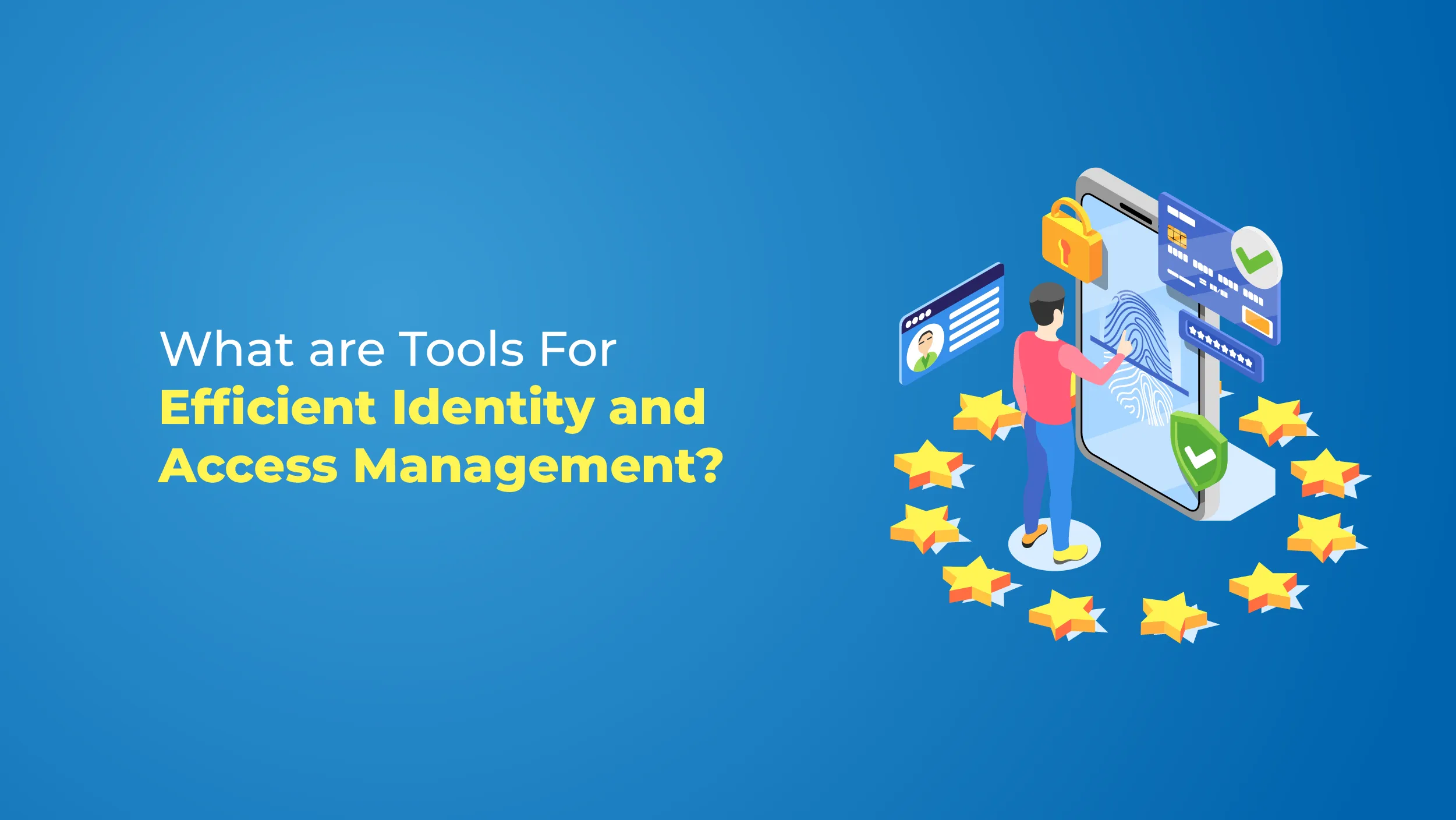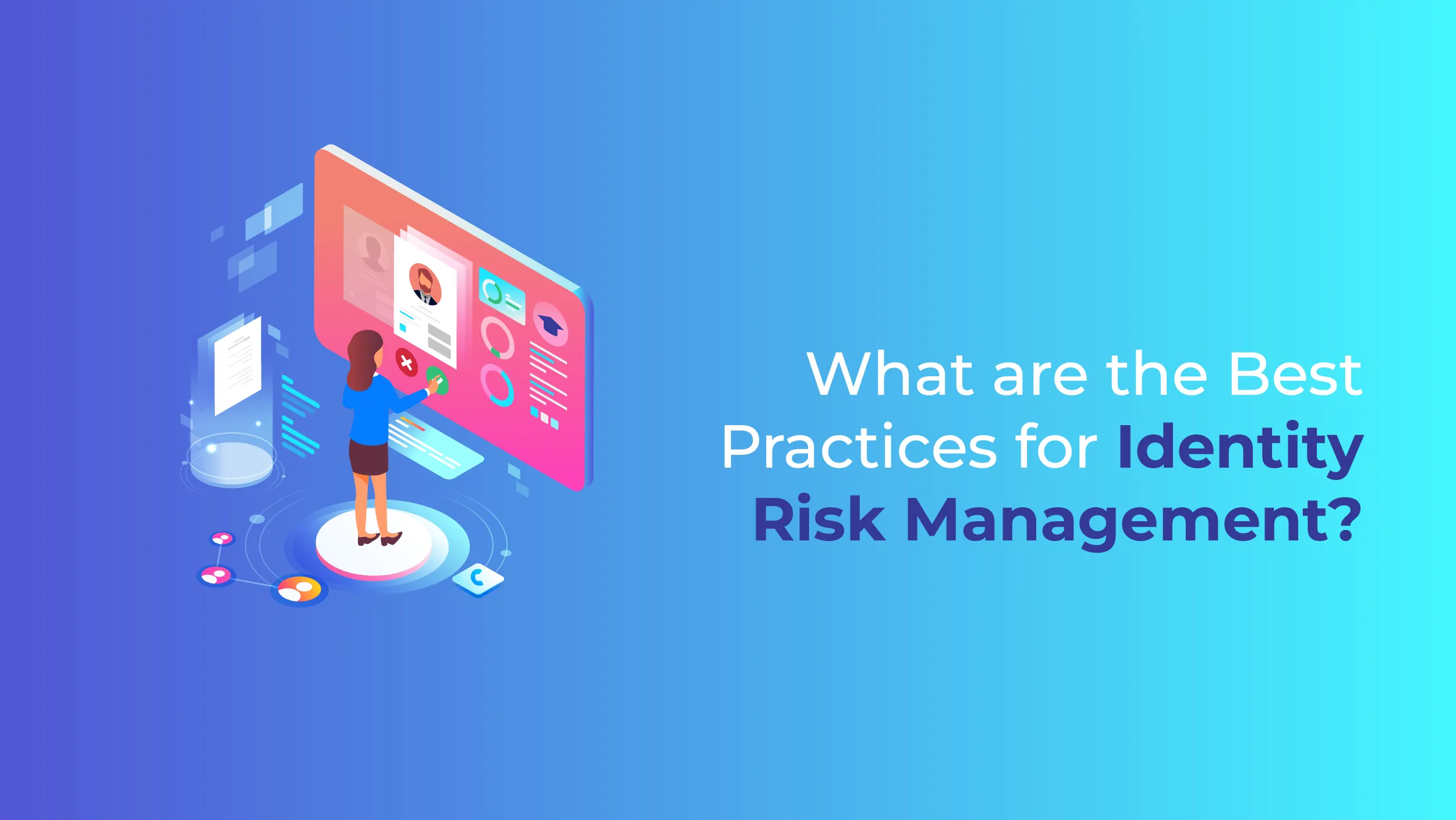At a macroscopic level, identity risk management is an approach that aligns workforce, workflows, and technologies that allow an enterprise to set objectives according to the organization’s values and identity risks.
In today’s digital-first world, the cybersecurity landscape has become increasingly sophisticated. Cybercriminals are on the prowl to compromise privileged identities to get access to the organization’s most valuable assets. Privileged identities are one of the most common cyber attack vectors used by cybercriminals to infiltrate a business network. According to a report by Identity Defined Security Alliance, titled 2024 Trends in Securing Digital Identities, 89% of the respondents are concerned that the latest privacy regulations might impact their identity security.
In this article, let us look at what identity risk management is, the tools used to improve identity and access management, and best practices to avoid identity risks.
What is Identity Risk Management?
Identity risk management is an approach that businesses embrace to protect enterprise identities, particularly expressed in an official email. The aim of identity security is to avoid any unauthorized access to sensitive data like login passwords to user accounts and personal and financial information on the business network. The security operations team needs to consider all the potential risks and enforce the best security posture to have secure and reliable digital identity management.
What is the Reason Behind the Surge in Identity Risks?
There are various factors that contribute to the rise in the number of identity risks in today’s digital-first world. Passwords of the remote desktop protocol are easily accessible for purchase on the dark web. Enterprises that allow their workforce to work remotely are at a higher risk of their account being compromised. Migrating to cloud-based operating systems needs a wide range of privileged passwords throughout the cloud ecosystem. It makes it easier for attackers to gain access to privileged accounts and accomplish their malicious goals.
Legacy applications do not have adequate security features to protect the enterprise tech stack from sophisticated cyber threats and vulnerabilities.
What are Tools For Efficient Identity and Access Management?

Following are a few solutions that businesses can implement in their security posture to strengthen their security:
1. Privileged Account Management (PAM)
Integrating PAM for managed access enables organizations to keep passwords secure from malicious actors leveraging password vaults. This technique will assist enterprises to keep the passwords for privileged accounts safe in a vault. Access to this vault will be allowed to those validated by a PAM system. Privileged account management does not offer visibility and flexibility to evolving worker risk levels.
2. Identity and Access Management (IAM)
Embracing IAM for managed access will require the SecOps team to enforce processes to prevent cybercriminals from stealing access passwords or sensitive data. Identity and access management encompasses various technologies, workflows, and systems. However, IAM does not offer transparency into worker risks.
Adopting IAM strategies and technologies will require each application to have a unique user ID and password. It might result in password fatigue, which might reduce the effectiveness of identity and access management strategies.
3. Single Sign-On (SSO)
The goal of SSO is to simplify the identity risk management approach by needing a single user ID and credential to log in to various applications and accounts. This will save a substantial amount of time for the user. However, in order for the single sign-on to be effective, the credential set needs to be strong. If the cybercriminals get access to one password, they will be able to access a wide range of privileged accounts and applications. It will become easy for them to steal sensitive information and accomplish their goals.
4. Multi-Factor Authentication (MFA)
MFA puts an additional layer to the cybersecurity posture. It needs the users to fill out multiple verification forms to log in to the required system. Various organizations do not prefer to integrate MFA in their security posture as it is not functional on particular accounts, systems, or servers.
Also Read: An Overview Of Data Center Infrastructure Management (DCIM)
What are the Best Practices for Identity Risk Management?

Following are a few strategies that businesses can consider to improve their identity governance:
1. Prevent Risks By Regularly Updating The Locks
Implementing risk management strategies means the most effective way to manage risks is by preventing them from occurring. In today’s highly evolved threat landscape, despite implementing robust threat and vulnerability management strategies, businesses will always be at risk of being compromised. It is essential for security professionals to enforce strategies to prevent risks and vulnerabilities in the realm of identity risks.
Regular monitoring is required to keep threat actors from entering the business network using a backdoor. Security teams need to understand what security postures need to be updated before the malicious actors identify a vulnerability and exploit it to get access to the business network. Integrating identity governance tools on the security tech stack will allow CISOs to track which users have access to what. It is an effective way to determine the unused entitlements and eliminate them before the threat actors exploit them for their gains.
2. Conduct Regular Monitoring for Risk Detection
It is crucial for organizations to identify the real threat of a compromised identity. Security leaders can incorporate policies enforced as regulations for enterprise resources. Setting policies for internal and external users can assist organizations in evaluating risks by monitoring policy violations.
3. Enforce an Effective Risk Remediation Strategy
Security teams need to take robust steps to overcome threats and vulnerabilities in identity risk management. In order to have an efficient and effective risk remediation approach, organizations need to enforce a plan of execution that should be triggered if the systems detect any unauthorized configuration modifications in the system. The best identity risk management strategy is to establish a set of preset actions like disabling user IDs whose passwords appear to be compromised.
Conclusion
Identity is the gateway to any organization’s most valuable assets. Cybercriminals widely use identity as a vector to infiltrate a network and move across networks. It is essential for organizations to have the best identity risk management strategies to prevent their enterprise from severe data breaches.




